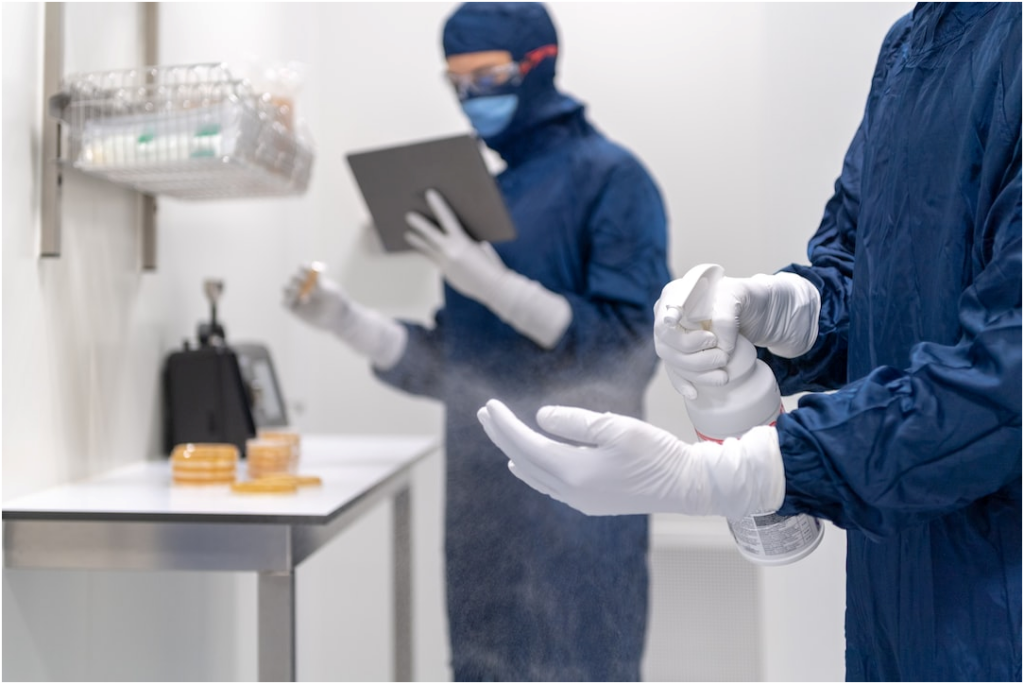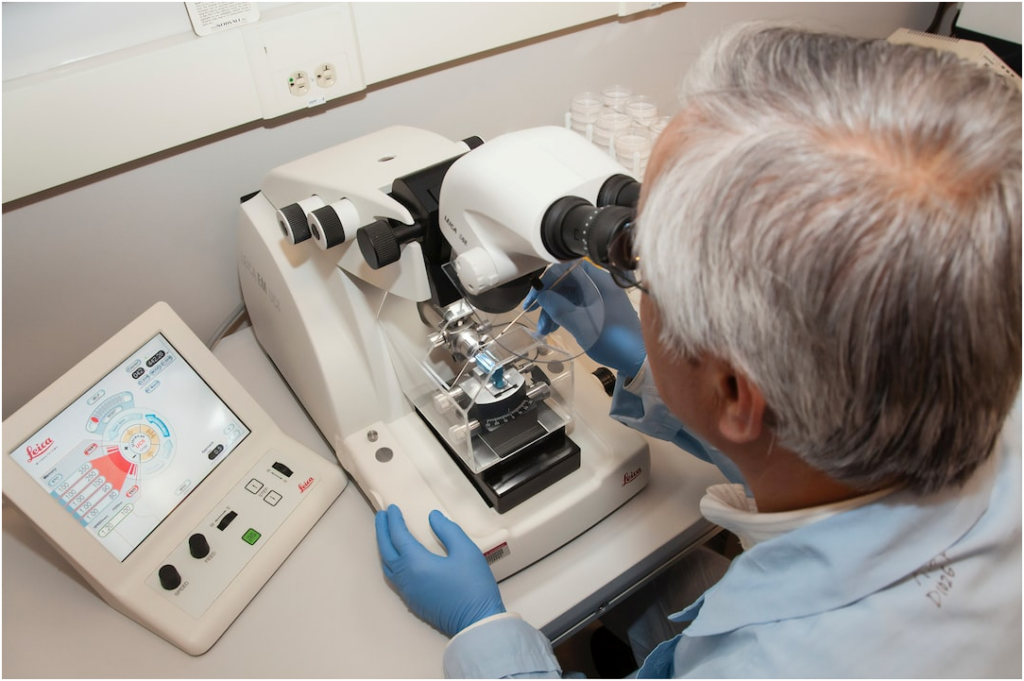- info@bmm-supplements.com
- +31-(0) 85 7430610
- Olympia 2d, 1213 NT Hilversum The Netherlands

Research chemicals, also known as designer drugs or legal highs, are synthetic substances that mimic the effects of illegal drugs. These substances are often created in underground laboratories and are not approved for human consumption. However, they are still widely available for purchase online and in some brick-and-mortar stores. In this article, we will take a closer look at the world of research chemicals and the potential dangers and benefits they may hold.
Research chemicals are substances that have not been fully tested for safety and efficacy, but are marketed and sold for research purposes. They are often labeled as “not for human consumption” to bypass laws and regulations. These substances are typically created by altering the chemical structure of existing drugs, resulting in new and potentially more potent compounds.
by NOAA (https://unsplash.com/@noaa)
One of the biggest risks associated with research chemicals is the lack of regulation and oversight. Since these substances are not approved for human consumption, there is no way to ensure their safety or purity. This can lead to serious health consequences for those who use them. In fact, there have been numerous reports of adverse reactions and even deaths linked to the use of research chemicals.
Another risk is the potential for addiction. Many research chemicals are designed to mimic the effects of illegal drugs, making them highly addictive. This can lead to a dangerous cycle of use and dependence, as users may not be aware of the potency and addictive nature of these substances.

While there are certainly risks associated with research chemicals, there may also be potential benefits. Since these substances are not yet approved for human consumption, there is limited research on their effects. This means that they may hold promise for treating certain conditions or diseases. For example, research chemicals tadalafil and semaglutide have shown potential for treating erectile dysfunction and diabetes, respectively.
If you do choose to experiment with research chemicals, it is important to do so responsibly. This means thoroughly researching the substance and its potential effects, as well as starting with a small dose and gradually increasing if necessary. It is also important to only purchase from reputable sources and to never use alone. Having a trusted friend or loved one present can help ensure your safety.

As the popularity of research chemicals continues to grow, so does the need for regulation and oversight. While some countries have banned the sale and use of these substances, others have yet to take action. It is important for governments to address this issue and put measures in place to protect the public from the potential dangers of research chemicals.

Research chemicals may hold potential for treating certain conditions, but they also come with significant risks. It is important to approach these substances with caution and to only use them under the guidance of a medical professional. As the world of research chemicals continues to evolve, it is crucial for individuals to educate themselves and make informed decisions about their use.
